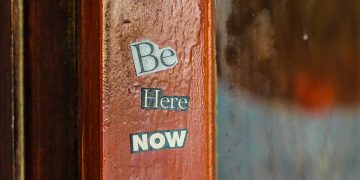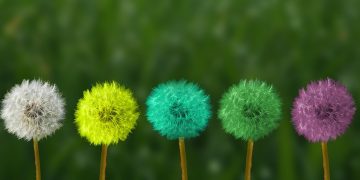The Healing Power of Progressive Muscle Relaxation
Progressive Muscle Relaxation (PMR) is a powerful technique that can help reduce stress, anxiety, and physical pain. By systematically tensing and relaxing different muscle groups in the body, PMR can help promote relaxation and a sense of well-being. This article will explore the benefits of PMR, how to practice it effectively, and its potential impact on overall health.
What is Progressive Muscle Relaxation?
Progressive Muscle Relaxation is a technique developed by American physician Edmund Jacobson in the 1920s. It involves tensing specific muscle groups in the body for a few seconds and then releasing the tension, allowing the muscles to relax completely. By focusing on each muscle group individually, PMR helps to increase awareness of bodily sensations and promote relaxation.
PMR is based on the principle that physical relaxation can lead to mental relaxation. When the body is in a state of tension, it can trigger the “fight or flight” response, leading to increased stress and anxiety. By systematically relaxing the muscles, PMR can help to counteract this response and promote a sense of calmness and well-being.
The Benefits of Progressive Muscle Relaxation
There are a variety of benefits to practicing Progressive Muscle Relaxation on a regular basis. Some of the key benefits include:
1. Stress Reduction
PMR can help to reduce stress by promoting relaxation in the body. By releasing tension in the muscles, PMR can help to lower levels of the stress hormone cortisol and promote a sense of calmness and well-being.
2. Anxiety Relief
Progressive Muscle Relaxation has been shown to be effective in reducing symptoms of anxiety. By focusing on the physical sensations of muscle tension and relaxation, PMR can help to distract the mind from anxious thoughts and promote a sense of relaxation and tranquility.
3. Pain Management
PMR can also be effective in managing physical pain. By systematically tensing and relaxing different muscle groups, PMR can help to increase blood flow to the muscles and promote healing. This can be especially helpful for individuals experiencing chronic pain conditions.
How to Practice Progressive Muscle Relaxation
Practicing Progressive Muscle Relaxation is simple and can be done in just a few minutes each day. Here are some steps to help you get started:
1. Find a Quiet and Comfortable Space
Find a quiet and comfortable space where you can relax without distractions. You may want to dim the lights and play some soothing music to help create a peaceful environment.
2. Start at Your Feet
Begin by focusing on your feet. Tense the muscles in your feet by curling your toes downward for a few seconds, and then release the tension. Notice the difference between tension and relaxation in your muscles.
3. Move Up Your Body
Continue to move up your body, tensing and relaxing each muscle group as you go. Focus on your calves, thighs, buttocks, abdomen, chest, arms, shoulders, neck, and face. Remember to take slow, deep breaths as you relax each muscle group.
4. Practice Regularly
Try to practice Progressive Muscle Relaxation for at least 10-15 minutes each day. You may find it helpful to set aside a specific time each day to practice, such as before bed or during your lunch break.
Conclusion
Progressive Muscle Relaxation is a powerful technique that can help promote relaxation, reduce stress and anxiety, and manage physical pain. By systematically tensing and relaxing different muscle groups in the body, PMR can help to increase awareness of bodily sensations and promote a sense of well-being. With regular practice, PMR can be a valuable tool for improving overall health and well-being.
Whether you are looking to reduce stress, manage anxiety, or alleviate physical pain, Progressive Muscle Relaxation can be a helpful practice to incorporate into your daily routine. By taking the time to focus on each muscle group individually, you can promote relaxation and a sense of calmness in both your body and mind.
Take some time each day to practice Progressive Muscle Relaxation and experience the healing power of this simple yet effective technique.





































































